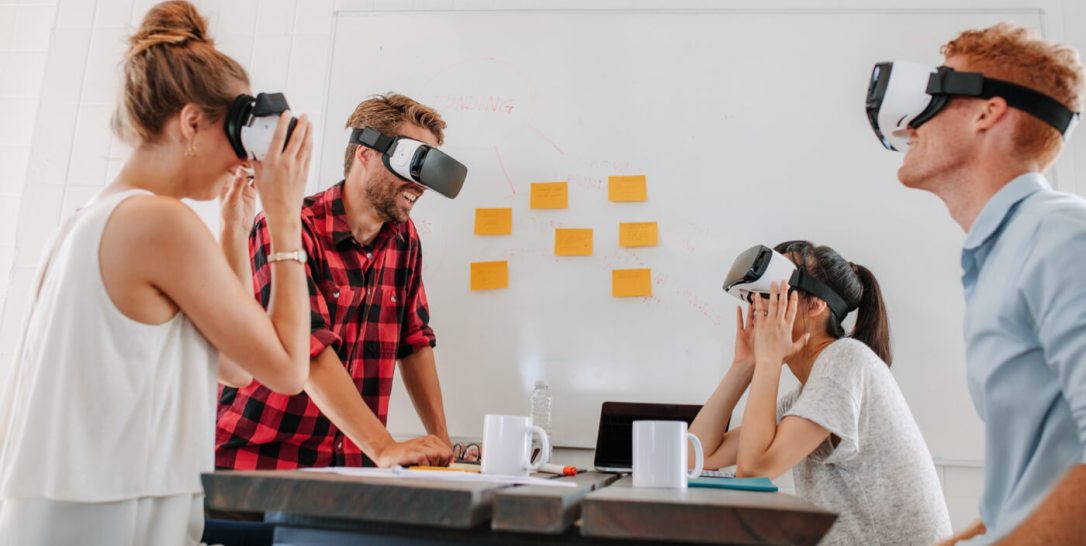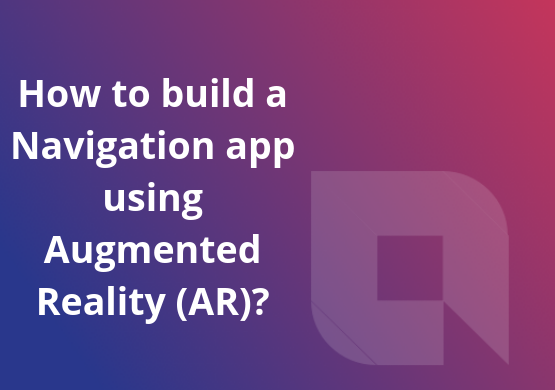While we are constantly reminded that we have made numerous strides in technology over the last few decades, our actual ability to notice the changes that have occurred is minimal. This is because it doesn’t happen all at once or suddenly, but rather at a gradual pace that is hallmarked by small spurts. As we improve and adapt our technology, we don’t characterize them as revolutionary, except save for a few monumental breakthroughs.

For instance, our Wi-Fi speeds and availability have gradually increased, consumer trends shape functionality, and our smartphone devices change designs ever so slightly from year to year. Yet, we have gone from dial-up internet to a version of the internet that has incredible speeds and is accessible from almost anywhere in the last 15 years. The same goes for virtual reality, a concept that a few decades ago, only existed in science fiction literature. Now? It is evolving and will impact our society in the next 10-15 years and here is how.
Understanding What Virtual Reality & Augmented Reality Are:
Before jumping into how these two concepts will evolve and impact us, it is important to understand what they are and how they differ from one another.
- Augmented Reality: this is an interactive experience of a real-world environment that superimposes a computer-generated image on the user and their view of the real world. Essentially, the objects in the real world are enhanced by computer information across visual, auditory, haptic, and olfactory modalities. An example of this would be Pokémon Go’s AR mode, which places the Pokémon you are capturing into the image that your camera is viewing, so the real world can be seen behind it.
- Virtual Reality: this is a simulated experience that can be entertaining or educational and is a computer-generated simulation of a three-dimensional image or environment. This environment can be interacted with in a physical or “real” way by a person who uses special electronic equipment such as gloves fitted with sensors or a helmet with goggles. A commonly cited virtual reality system is the Oculus Rift and the HTC Vive, both of which are major sellers in the virtual reality market.
Another type of virtual reality is immersive, which essentially is a three-dimensional image that surrounds the user. It is often of a computer display or system. The main difference between virtual reality and augmented reality is that virtual reality replaces your vision and augmented reality simply adds to it.
How is Virtual Reality and Augmented Reality Being Used Now?
Unsurprisingly, the largest use of virtual reality and augmented reality is in the video game industry, where Oculus Rift headsets and HTC Vive Goggles are being used to create new user interfaces for old games like Elite Dangerous and Skyrim. However, it’s also being used in other industries as well like
- Aviation: virtual reality training is used to add an attractive alternative to living training with expensive aviation equipment. Pilots can virtually train for dangerous situations, to help them prepare for the live thing if it were ever to occur.
- Military: The military can conduct virtual raids to avoid putting lives at risk. They can also train against virtual opponents, increasing efficiency, combat prowess, and reaction times without heading to expensive training grounds.
- Medicine: Surgeons can train with virtual tools and transfer these newly found skills in the operating room. It can help make doctors faster and eliminate costly mistakes in life or death situations.
- Mental Illness Treatment: virtual reality can be used in treating post-traumatic stress disorders for veterans who need to confront challenges in a controlled environment. It can also help individuals who need behavioral therapy for phobias.
How Will VR & AR Evolve?
As VR & AR become more prevalent outside of the entertainment industry, we are going to see it evolve to fit into corporate business solutions, into the retail industry, and even into real estate. It is also going to impact our education system, as it will cause us to challenge and ask hard questions like how does one deal with those who have lost contact with reality and how do we help those who can no longer tell the difference between VR and real life? If VR and AR evolve so far as to allow us to fully live in virtual reality or society, then questions about how this will change our societal rule set are going to arise. We will begin asking questions about concepts that seemingly only exist in science fiction like we did when VR was written about decades ago.
For now, though, VR and AR will impact us in the following ways:
Virtual reality in the corporate environment will make communication amongst cross-office teams more real, and more immersive as teams will be able to interact face-to-face around a virtual table. Beyond this, training and hiring candidates can be done on masse through interactive 3D tutorials, minimizing and streamlining how time-consuming training is. Plus, a business can offer an unparalleled experience of their products to customers.
In the retail industry, trying before buying will be feasible and shopping for a new product will be easier than ever as you will have access to a comprehensive visualization of everything you need to know about it. Online retailers will be able to provide an interactive shopping experience, and there will be less abandoned carts as consumers can see how products look on themselves.
With real estate, you will be able to see how a home looks with 3D generated furniture, allowing you to truly envision how your home might look. Properties will be marketed better to meet the unique preferences of buyers, and you will no longer need to physically visit properties to understand what each space offers.
It is without a doubt that technology has been changing how we operate, but with the case of virtual reality and augmented reality, it’s going to completely change how we navigate our professional and personal lives.
Let’s Nurture, being the Top Augmented Reality (AR) App Development Companyprovides expert app solutions to our clients globally. Virtual & Augmented Reality Application development leveraging AR technology gives users an immersive experience into 2D and 3D graphics, video, and audio for a customer’s preferred brands as well as in-game development. It will evolve as a big IT Business Booster and the Impact the Society in 10-15 years.
For more details and queries, Feel Free to Contact Us now.







